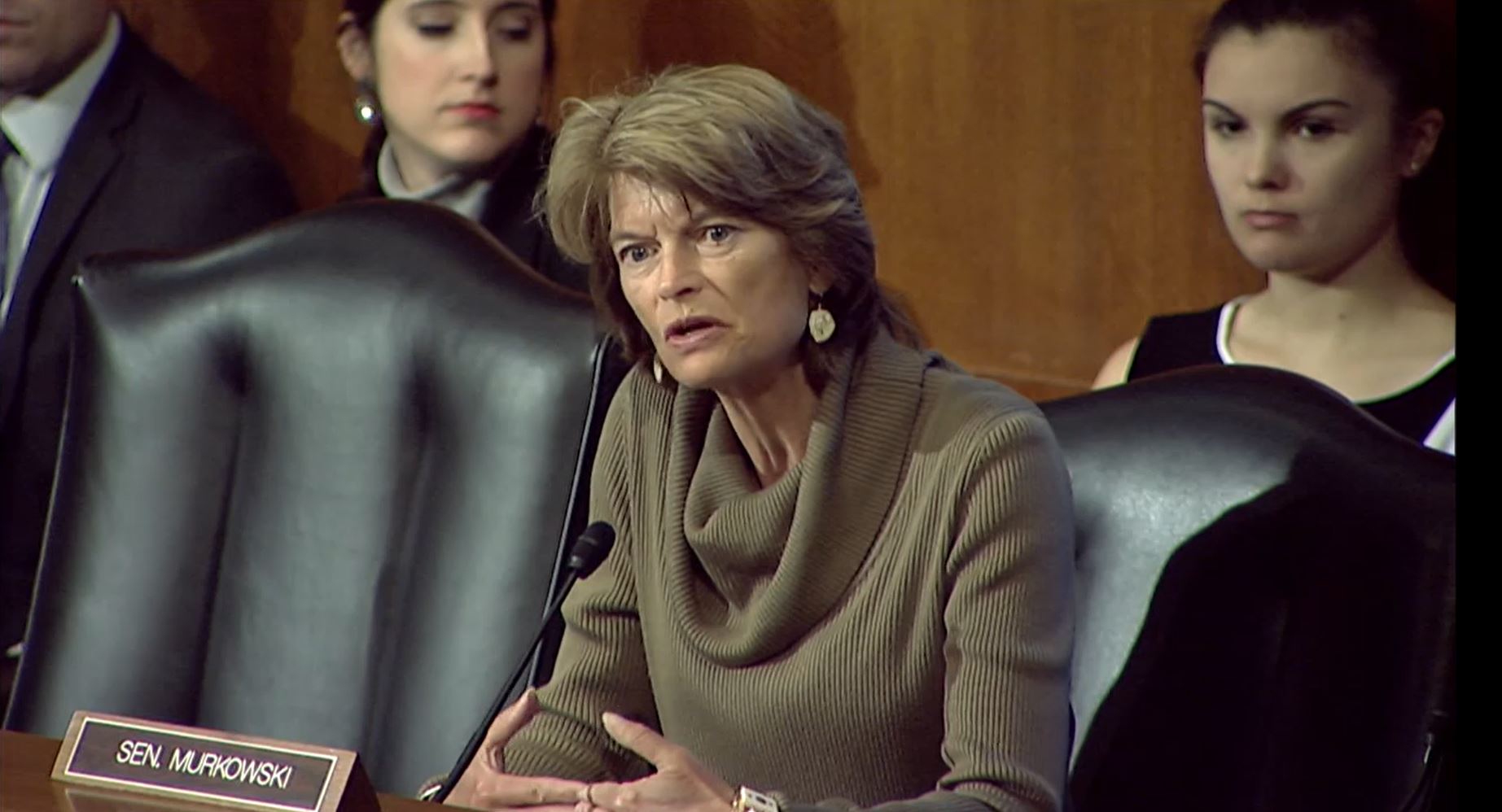Committee Discusses Reducing Healthcare Costs
Murkowski Seeks Solutions for Rural Areas
Healthcare costs in Alaska remain among the highest in the nation. U.S. Senator Lisa Murkowski (R-AK) today participated in a Health, Education, Labor, and Pensions (HELP) Committee hearing focused on reducing healthcare costs and improving affordability through innovation.
The hearing featured witnesses Lee S. Gross, M.D., President of Docs 4 Patient Care Foundation; Cheryl DeMars, President and CEO of The Alliance; Dow Constantine, Executive of King County; and Jonathan B. Perlin, M.D., Ph.D., M.S.H.A., M.A.C.P., President of Clinical Services and Chief Medical Officer at HCA Healthcare.
The hearing focused on some of the unique and inventive methods that industry leaders are using to insure cost-effective, quality care across the nation. During the hearing, Senator Murkowski explained that in Alaska, many lack access to basic healthcare support that others may take for granted. Murkowski asked the panel to share how the progress they’ve made in their more urban communities can be applied to high cost, low-population areas, such as Alaska.
(Click the image to view Senator Murkowski’s remarks and questions during the hearing)
In response, Dr. Lee Gross discussed the success of collaboration between Docs 4 Patient Care Foundation and a Critical Access Hospital, which could help save money for rural communities and improve primary care.
“Although I am in Southwest Florida, we’re about 45 minutes from a Critical Access rural hospital and that’s actually the area that we partnered with to get bundled surgical pricing. And what that’s been able to do is for us to drive elective surgical volume into this Critical Access Hospital that would have left the region. So even a 10 percent increase in margin for a hospital like this is actually huge. It’s the difference between staying open or closing in certain wards,” said Dr. Gross. “We’ve worked with them to restructure their health benefits program so that if their employees sign up for our program, not only do they see a 20 percent reduction in their premiums, but they’ll actually eliminate out of pocket costs. And what we’re seeing is, restructuring, we’re projected to save that program $800,000 dollars in the first year. Now if you could transition that savings to the county, the school board, the local prison employees—that has the ability to save that community millions of dollars in annual costs that can go to higher wages or new school facilities. But instead of spending the money, wasting the money, on unnecessary healthcare services— to provide healthcare better with a solid foundation in primary care, is a way for the rural practices to actually save money.”









